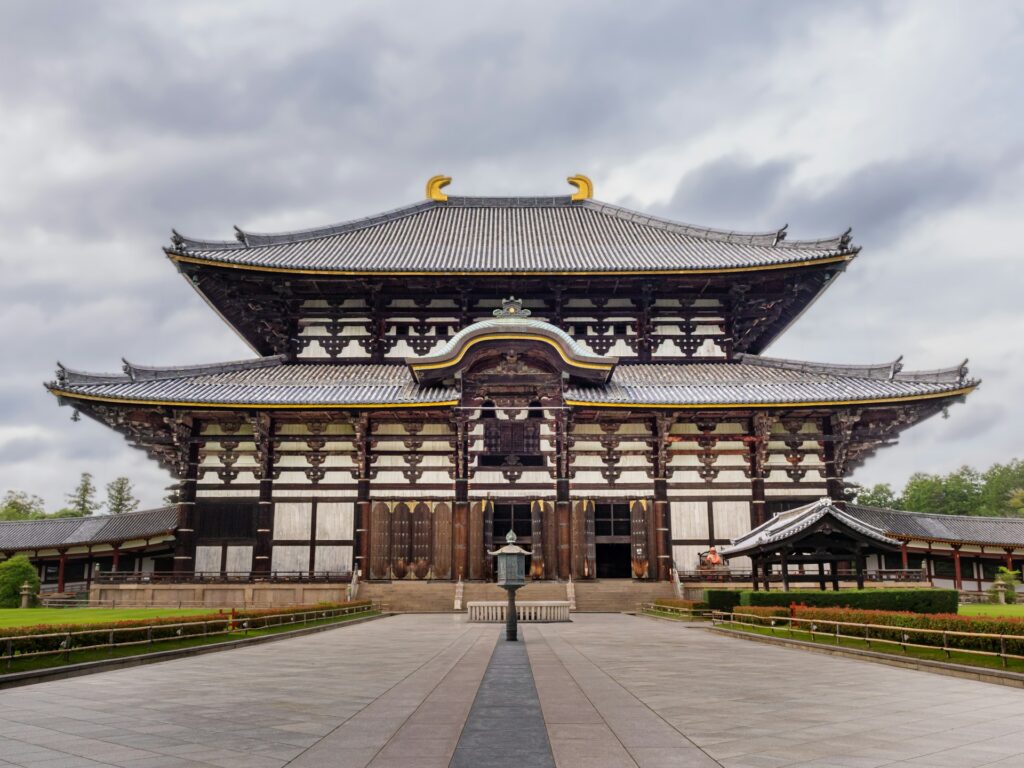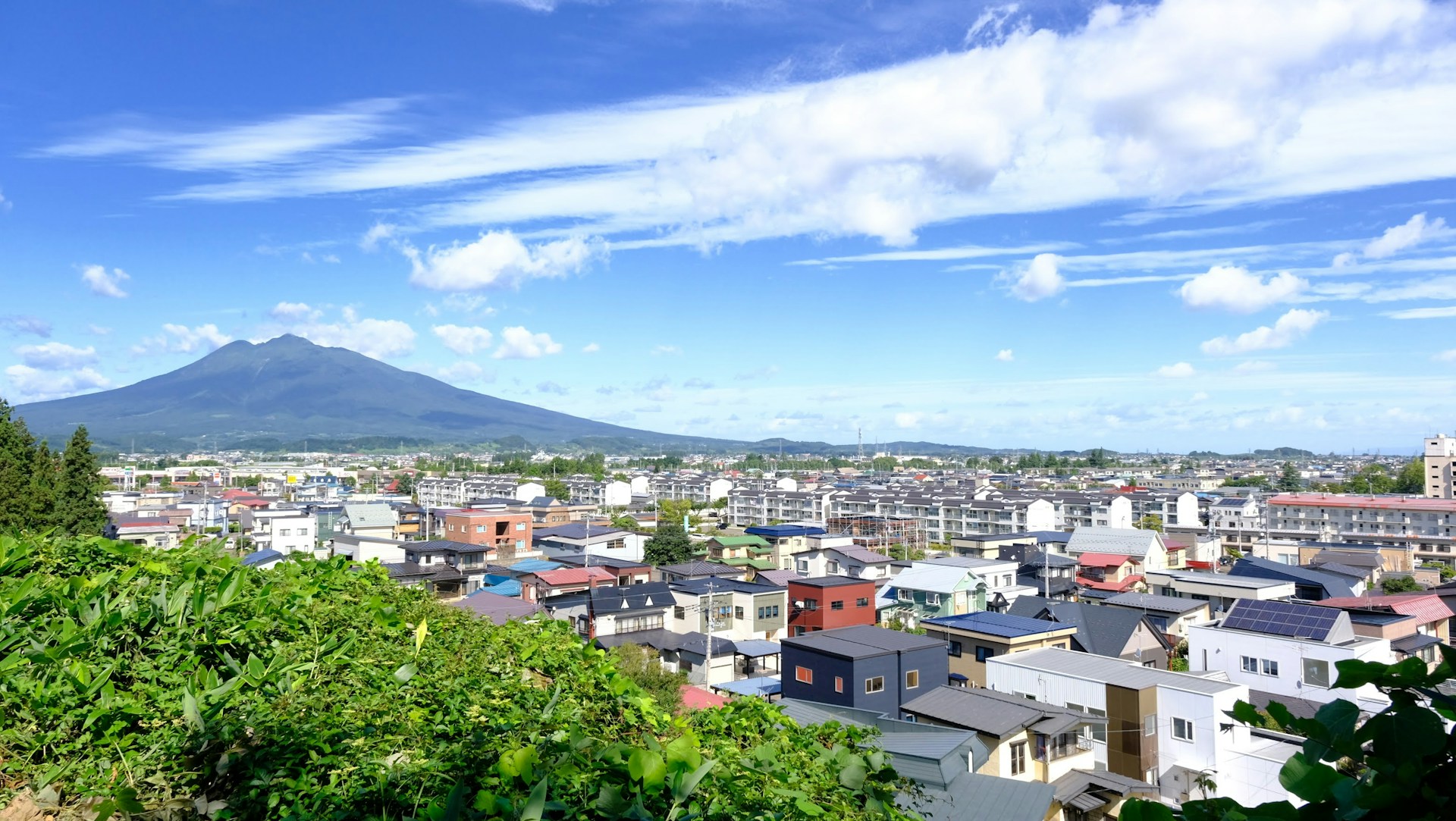Housing Market in Japan:
How does a shrinking population affect the housing market in Japan?
In this study on the housing market in Japan, we find that there exists an asymmetric relationship between housing prices and population change.
Due to the durability of housing structures, the decline in housing prices associated with population losses is estimated to be larger than the rise in prices associated with population increases.
Given that population losses have been and are projected to be more acute in rural areas than urban areas in Japan, the ongoing demographic transition in Japan could worsen regional disparities, as falling house prices in rural areas could intensify population outflows.
Policy measures to promote more even population growth across regions, and avoid the over-supply of houses, are critical to stabilize house prices with a shrinking population.
Advanced economies are in the middle of a significant demographic transition. Population growth is slowing, due to a combination of low fertility and an increased life expectancy (OECD, 2019; United Nations, 2017).
A shrinking population poses significant economic challenges, as studies find that the loss of workers could lead to lower productivity growth, lower potential growth, and a steady rise in age-related fiscal costs such as pensions and medical care, thus affecting the housing market in Japan (IMF 2018, 2020; McGrattan et al. 2018; Westelius and Liu, 2016; Colacelli and Fernandez-Corugedo, 2018).
Japan is a country at the leading edge of this demographic change, as total population growth has turned negative since 2011 (Figure 1). 2 Another dimension of Japan’s demographic challenge to the housing market in Japan is its aging population.
The old-age dependency ratio (measured as a share of the old-age population over the working-age population) has been on the rise: the ratio exceeded 40 percent in 2014 and is expected to accelerate, reaching above 70 percent in the next 50 years (IMF 2017; Shirakawa 2012).
Interestingly, how the demographic transition has unfolded varies greatly across regions in Japan. Population is declining in most prefectures due to low fertility rates and outbound migration to large cities, while population is growing in key major cities with inbound migration, contributing to an increase in population concentration in large cities.
As a result, Japan will likely become a highly polarized country in terms of population concentration. At the same time, the ongoing population dynamics have affected the housing market in Japan across regions.
For instance, the declining population in rural areas has generated empty houses (akiya) across the country, particularly in rural areas, which, by some estimates, will rise to comprise as much as one-third of total houses by 2033.
Against this backdrop, in this paper, we focus on the regional differences in population dynamics and analyze how demographic changes have influenced house prices in Japan and thus impacting the housing market in Japan.

Using the data on residential land price as a proxy for house prices and population by prefectures (our unit of a ‘region’) from 1975, we address the following four questions:
• What has been the pattern of prefecture-level population dynamics in Japan in the last forty years?
• During this time, how have residential house prices evolved over time in Japan and by prefecture?
• How important is the demographic factor as a driver of house price dynamics in Japan? Has the relationship between demographics and house prices evolved over time?
• What are the potential policy implications on the housing market in Japan?
First, we observe a stark difference in the demographic transition between urban areas and rural areas during this period.
As early as the 1990s, a number of prefectures in rural areas have demonstrated negative population growth.
Over time, more prefectures joined the list. For instance, in 1998, there were thirty-four prefectures (out of a total of forty-seven prefectures) with negative population growth.
Twenty years later, in 2017, the list had expanded to forty prefectures. Seven prefectures that recorded positive population growth in 2017 are large cities, four of which cover the Tokyo Metropolitan area—Tokyo-to, Saitama, Chiba, and Kanagawa prefectures.
Three other prefectures with positive population growth are other major cities like Osaka, Fukuoka, and Nagoya.
In sum, over time, Japan’s population density has become polarized with higher concentration in urban areas.
Also read: Housing Finance in Japan

